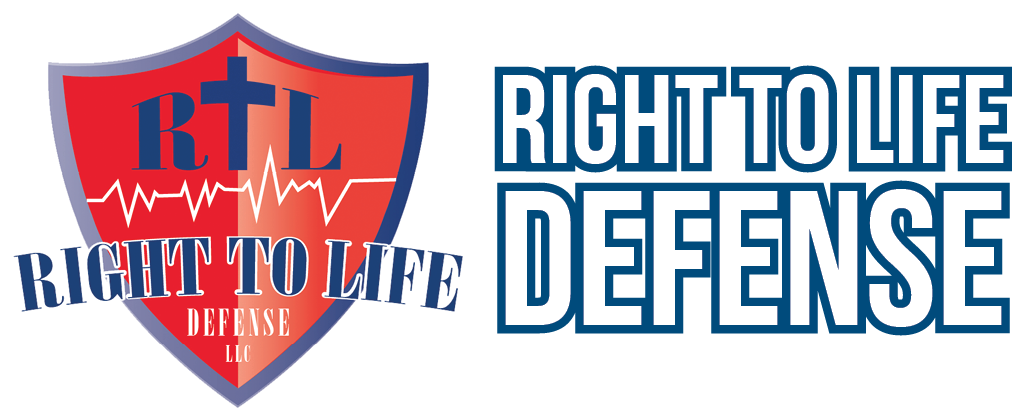The Fundamentals of Shooting a Handgun
Shooting a handgun accurately and safely is a skill built upon a few core principles. Whether you're a complete beginner or looking to refine your technique, mastering these fundamentals is the key to consistency and confidence on the range.
Here are the essential elements of handgun shooting that every shooter needs to understand and practice:
1. The Stance: Your Foundation
Your stance provides the stable platform from which you control the firearm's recoil. While there are several effective stances (such as the Weaver and the Isosceles), the goal remains the same: balance and stability.
Isosceles Stance (Commonly Taught): Stand facing the target squarely. Feet should be roughly shoulder-width apart. Your knees should be slightly bent, and your torso leaning slightly forward. This aggressive, balanced posture helps absorb recoil efficiently.
Weight Distribution: Distribute your weight slightly forward, as if you're bracing for a small push. This helps drive the gun back down to the target after the shot.
2. The Grip: Firm Control
A correct, consistent grip is arguably the most crucial fundamental for managing recoil and ensuring a reliable function of the semi-automatic pistol.
High and Tight: Grip the handgun as high on the backstrap as possible, ensuring the web of your shooting hand is firmly seated under the tang (the rear extension of the frame). This minimizes muzzle flip.
The Power Triangle: The strong hand (the one pulling the trigger) grips the pistol firmly. The support hand (the non-trigger hand) fills any remaining space on the grip, wrapping fingers over the knuckles of the strong hand. Apply equal pressure from both hands, squeezing front-to-back—not sideways.
Wrist Lock: "Lock" your wrists to prevent them from breaking under recoil. A locked, rigid wrist configuration is vital for control and consistency.
3. Sight Alignment: Bringing the Target into Focus
Sight alignment is the relationship between the front and rear sights relative to each other.
Equal Height, Equal Light: When looking through the rear sight notch, the top of the front sight post must be perfectly level (equal height) with the tops of the rear sight blades. The spaces of light visible on either side of the front sight (equal light) should be uniform.
Focus on the Front Sight: Your eye can only focus clearly on one plane at a time. The absolute priority is a crisp, clear focus on the front sight. The target and the rear sight will be slightly blurry—this is correct! If the front sight is clear but the rear sight and target are blurry, your sight picture is correct.
4. Sight Picture: Aligning with the Target
Sight picture is the relationship between your perfectly aligned sights and the target.
Point of Aim (POA): Depending on the handgun and distance, your aim might be to place the top of the front sight:
"Six O'Clock Hold": At the bottom edge of the target's center circle (older target shooting style).
"Center Mass Hold": Directly over the desired point of impact (most common modern defensive style).
5. Trigger Control: The Art of the Surprise Break
Poor trigger control is the number one cause of inaccuracy. Your goal is to move only the trigger finger without disturbing the alignment of the sights.
Isolation: The trigger finger should move independently of the rest of the hand.
Smooth and Consistent: Apply slow, steady, and straight-to-the-rear pressure on the trigger until the shot fires (the "break"). You should be surprised when the shot goes off—not anticipating it.
Trigger Reset: After the shot, keep your finger on the trigger and slowly release the pressure just until you hear or feel the "click" of the trigger resetting. This allows for faster follow-up shots.
6. Follow-Through: Maintaining the Discipline
The shot isn't over when the bullet leaves the barrel. Follow-through is the brief, crucial moment after the shot breaks.
Maintain Everything: Keep your grip, stance, sight alignment, and trigger finger placement exactly the same immediately after the recoil.
Call the Shot: Observe where your sights were aligned when the shot fired. This feedback helps you understand where the bullet should have impacted and informs your next shot.
Practice Makes Permanent
These fundamentals must be practiced correctly until they become instinctive. Use dry fire practice (with an unloaded, triple-checked firearm in a safe direction) to build muscle memory for grip and trigger control without the distraction of noise and recoil.
Master the fundamentals, and watch your safety, confidence, and accuracy soar! See you on the range.
For personalized training or to sign up for a group class, contact us at the shop. Call (937) 265-0501
